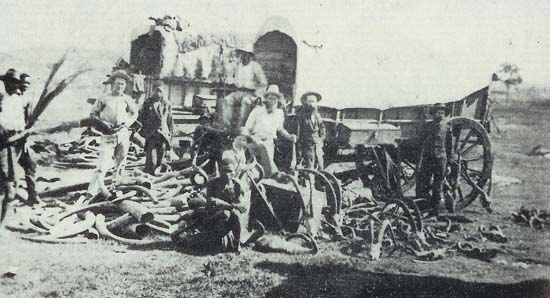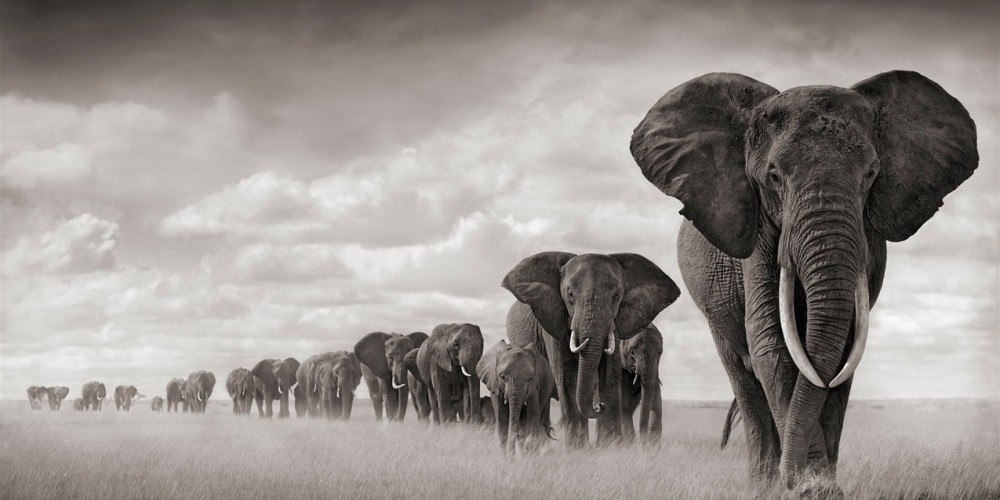Laws within Africa for elephant poaching and ivory trade

- In 1979, the African elephant population was estimated to be around 1.3 million. In 1989 there was approximately 600,000 elephants left in the world.
- Due to this extreme decline in the African elephant population, in 1989 The Convention on International Trade in Endangered Species (CITES) banned the international trade of ivory.
Steadily the African elephant population rose, until the demand for ivory drastically increased in parts of Asia.
Inadvertently, CITES had created a system that increased the value of ivory on the international market and in turn rewarded international smugglers and gave them the ability to control the ivory trade.
Ivory imported prior to 1989 can be sold within that country legally. Generally, it’s legal to buy and sell pre-ban and one-off-sale ivory around the world.
- However, it is hard to distinguish elephant ivory from Legal mammoth ivory entering the market.
- Due to low awareness and enforcement, many sellers falsify documents “verifying” that items were made from pre-ban ivory.
- It is estimated that as much as 90 percent of the ivory for sale in Asia is illegal.
Organizations Protecting Elephants

There are many organizations striving to protect and conserve African elephants from ivory poachers.
- The World Wildlife Foundation strives to: To conserve viable populations of forest and savanna elephants in at least 10 range states.
– To do this they plan to protect and manage elephants, increase capacity within range states, increase public support for elephant conservation by reducing conflict and reduce the illegal trade in elephant products. - TRAFFIC is a wildlife trade-monitoring network of WWF and IUCN:
– Helps track the latest information on illegal ivory markets. Delivers innovative and practical solutions to wildlife trade issues based on the latest information and provides proposals and recommendations.
Current Enforcement
Currently rangers within parks in Africa enforce elephant poaching laws, however many of the wildlife officers are not trained to deal with the heavily armed poachers, as a result many officers get killed enforcing these laws.
“We’re shifting from biologists being out there in these parks to military people being out there.” – Head of the national park system in West Africa
Even once poachers are caught there is a lack of proper communications between national police and wildlife or environmental enforcement agencies. This lack of communication has become one of reasons why prosecutions against these poachers are rare. Another concern is that wildlife crime is rarely a high priority for prosecutors.
